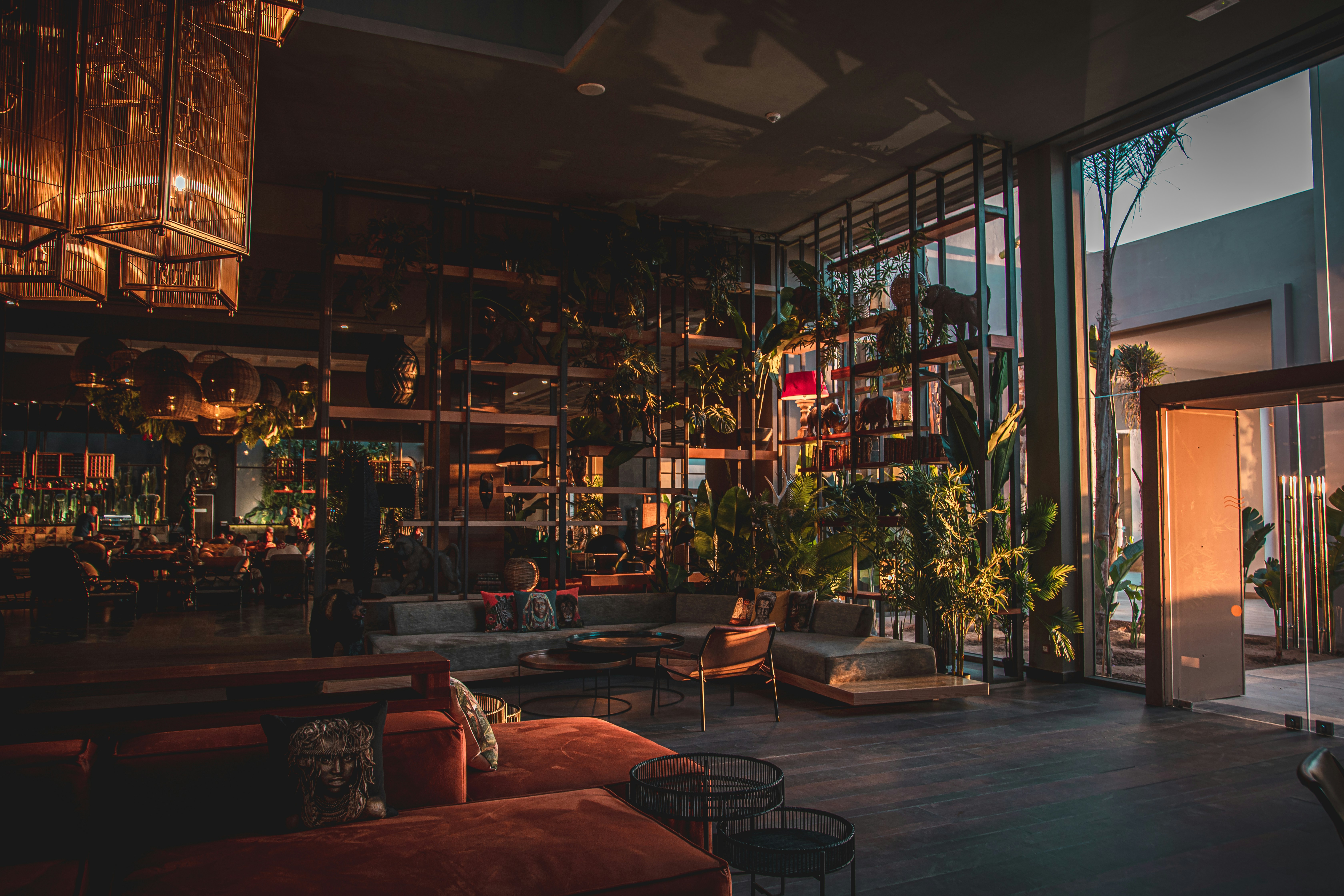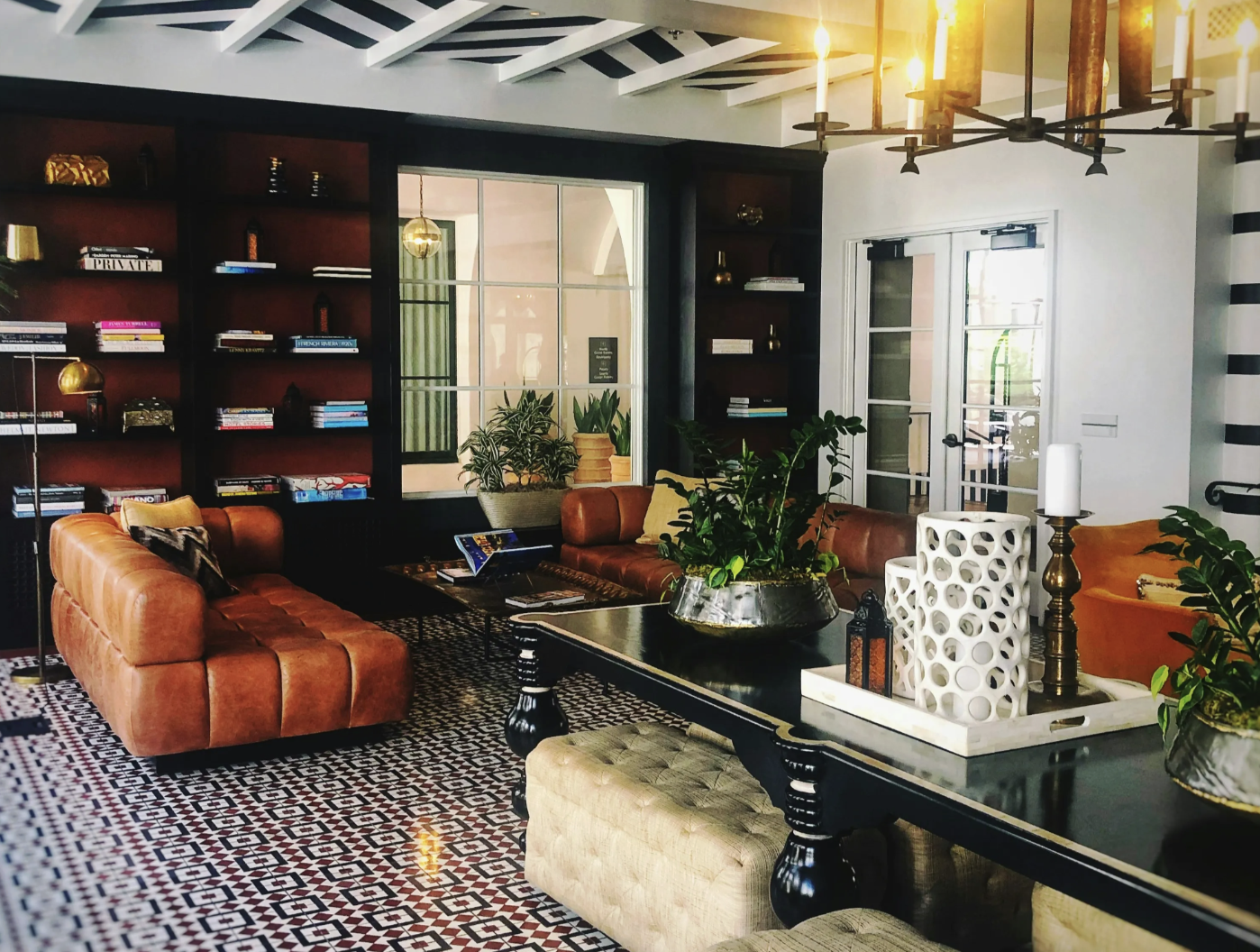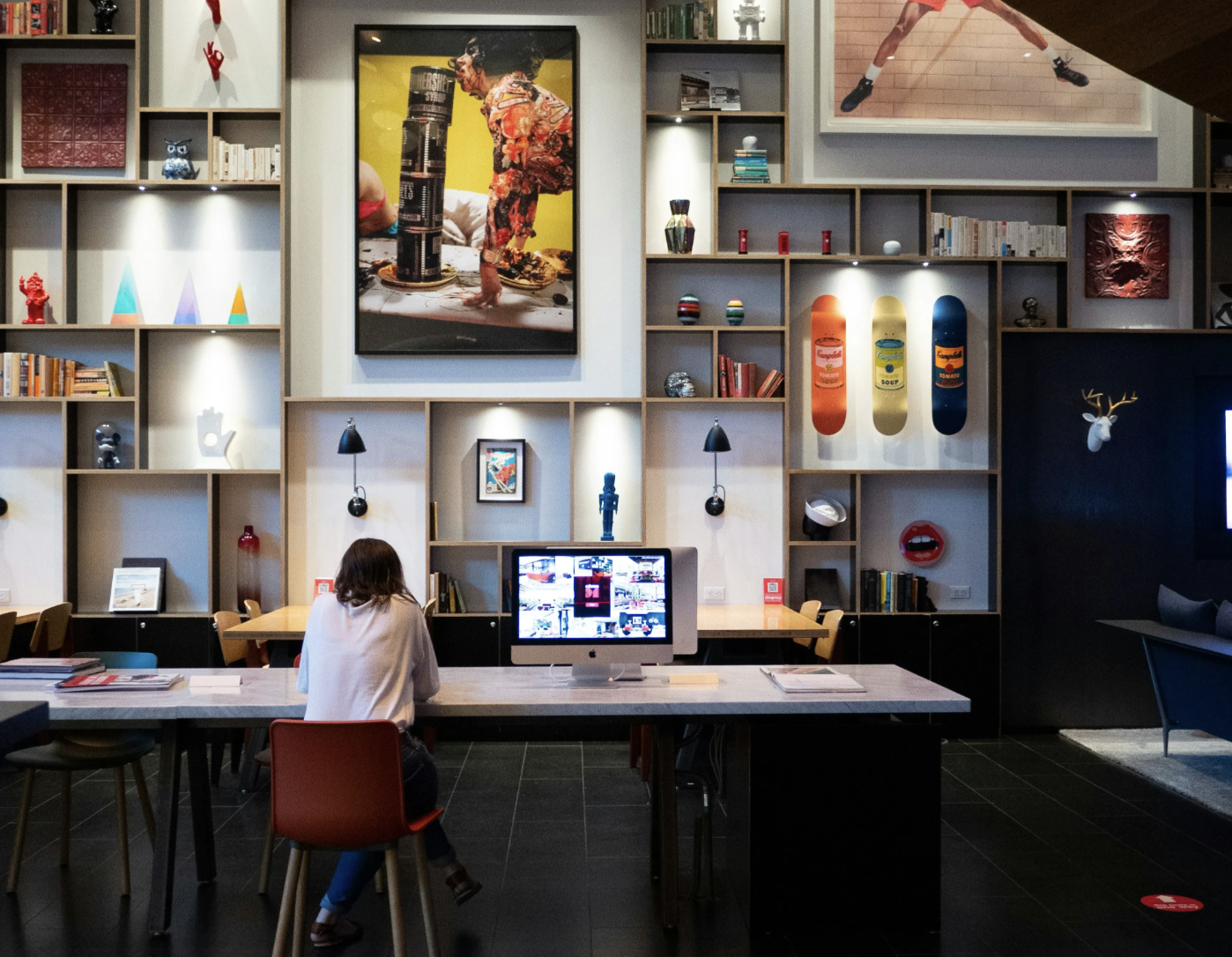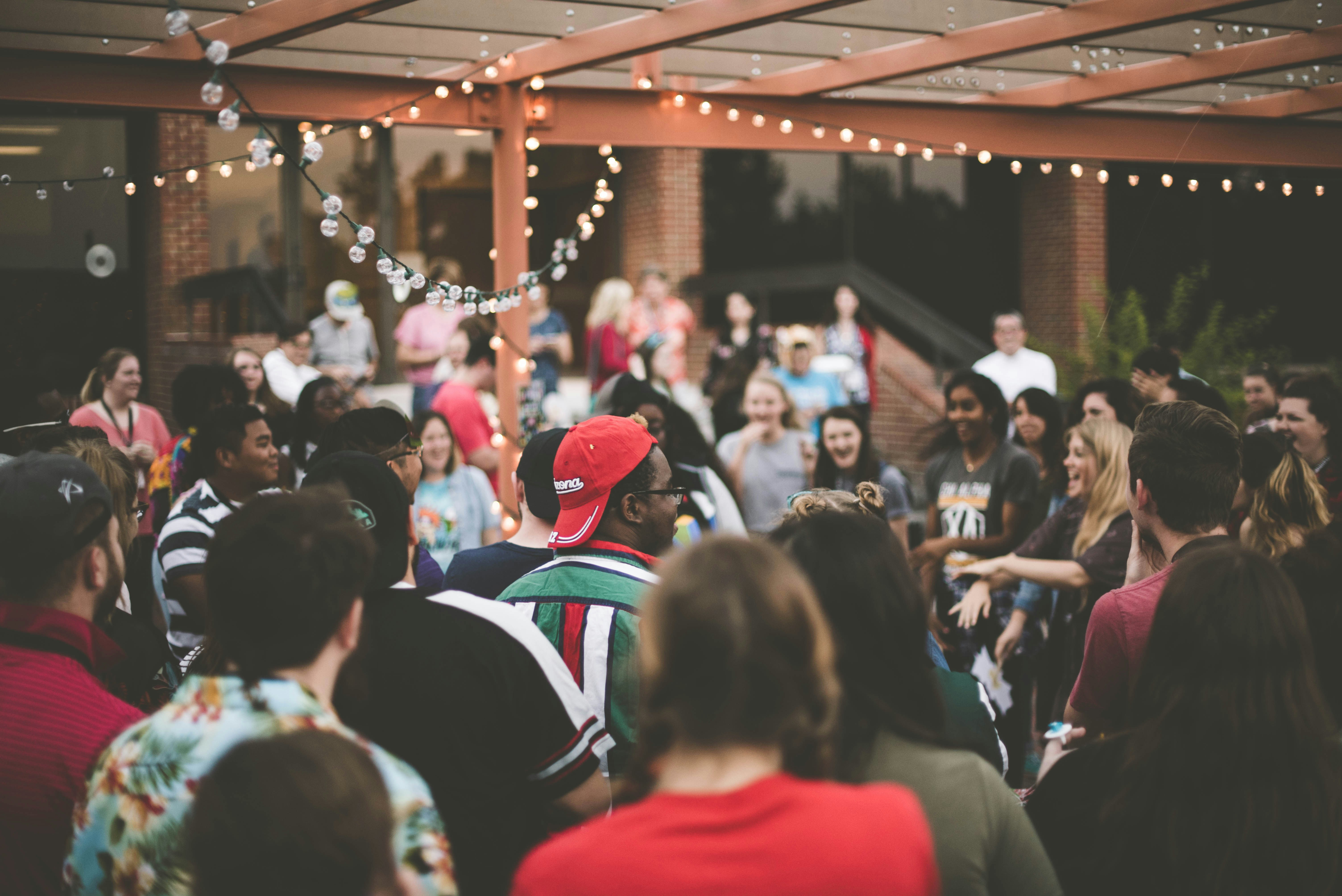
Walk into just about any hotel lobby in 2025, and you’ll notice something has shifted. The space that once revolved around check-ins, suitcases, and impatient travelers has become something far more dynamic. Nowadays, you might see locals with laptops, a yoga session in the courtyard, or a pop-up art event drawing in the neighborhood.
In 2025, hotels are no longer simply “rooms and restaurants.” They’re evolving into third spaces, those in-between places that are neither home nor work, but where community, creativity, and quite often connection happen. This transformation isn’t just a design trend. It’s reshaping how hotels generate revenue, attract guests, and remain resilient in a changing travel economy.

The idea of hotels serving a broader purpose has already been bubbling in anticipation for years, but this rocket ship has finally taken off and is alread reaching record heights. According to RoomRaccoon’s 2025 Hospitality Trends Report, hotels that integrate communal and multifunctional spaces like co-working lounges, fitness hubs, and cultural programming are seeing higher revenue per square meter than those sticking to traditional layouts . The driving force behind this change is simple. In this fast paced digital agepeople are living and traveling completely differently. The rise of remote work has blurred the boundaries between business trips and leisure. A growing number of travelers have begun to realise that they can go to hotels that support both lifestyles. Meanwhile, in perhaps a more unexpected turn of events, locals have rediscovered hotels as vibrant extensions of their own neighborhoods. A lobby with good coffee and Wi-Fi isn’t just a lobby anymore, it’s the new town square.

Today’s traveler isn’t satisfied with just four walls, room service, and a bed. They’re looking for experience and belonging. Something that feels both social and restorative. There’s a wellness shift that has happened in hospitality, and combine with the epiphany of third spaces, properties around the world are transforming unused spaces into spas, yoga studios, and mindfulness centers designed for both guests and local members.
Hotels like Six Senses have been leading this charge. Their new concept, Six Senses Place, integrates hotel amenities with community wellness memberships. In London and Bangkok, locals can join the clubs for access to classes, spa treatments, and social events, creating a symbiotic relationship between guests and residents.
Similarly, the Hoxton and Mama Shelter brands are redefining the lobby experience. The Hoxton’s “Working From” has been running since 2019. Membership conveniently turns entire floors into co-working spaces that attract freelancers, creatives, and travelers alike. A brand that’s mastered the idea of open-house hospitality. In cities like London, Amsterdam, and Chicago, the Hoxton’s lobbies are buzzing from morning to midnight, and everyone leaves with the impression that this is where the city actually happens.
Mama Shelter’s “Mama Works” takes a livelier and more social approach. Their properties are not defined by luxury but by atmosphere. Only warm, creative, full of people who might just live down the street. In Paris and Lyon their locations blend workspace, bar, and café energy in one colorful social hub.
Even smaller boutique hotels are experimenting with this model. Independent properties in Mexico, Bali, and Portugal are redesigning public areas into flexible “all-day” zones. Breakfast spots in the morning, art galleries by afternoon, and event venues by night.
These are just some examples showing how hotels can operate as living ecosystems and Third spaces. They cater not only to overnight guests but also to locals who return day after day.

From a financial perspective, this model just makes sense. Traditional hotels depend heavily on occupancy rates and seasonal travel trends. When those dip, so does the revenue. But hotels that are championing third-spaces diversify their income by welcoming multiple types of people through the door at all hours of the day. Weekly guests, local members, event attendees, and of course digital nomads.
This means the same square footage now earns revenue all day long. During the off-season, local engagement can sustain the business. The approach also reduces marketing costs, since every local who becomes part of the community effectively becomes an ambassador.
Hotels that function as third spaces are more than hospitality ventures, they’re multi-use real estate assets that respond to how people live and work today. They’re less tied to unstable tourism cycles, better at capturing diversified demand, and often deliver stronger long-term stability.
For those looking to invest, this means an opportunity to engage in projects that are both economically and socially durable. They cater to multiple customer bases and tap into emerging trends like wellness, sustainability, and flexible work, all major growth drivers in hospitality over the next decade. The ability to apply third spaces all across the board from high end hotels to guest houses creates a more appetising prospect for those willing to get involved.

At Azqira, we see this shift as one of the most exciting evolutions in hospitality. Hotels that double as third space community hubs reflect how people now blend travel, work, and lifestyle, and they offer smarter, more resilient financial models. Quite frankly it’s how we’ve been treating hotels since day one.
The properties we connect with aren’t just places to stay, they’re places to belong. Spaces that feel alive seven days a week, that host both guests and locals, that generate stories as well as revenue. And for anyone out there looking to be part of the hospitality world in a more future-ready way, this is where the real opportunity lies.